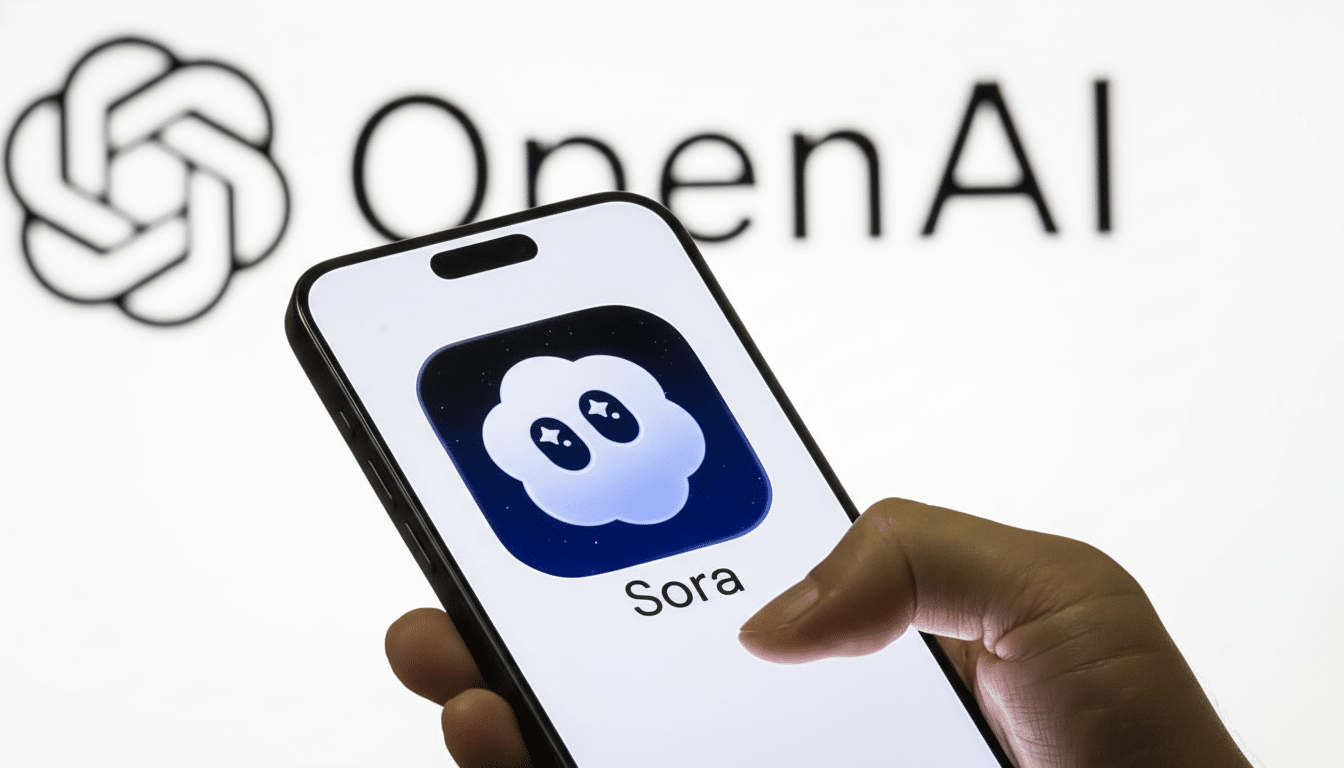Sora, an AI video generator developed by OpenAI, has made its way to Android and is releasing in the U.S., Canada, Japan, Korea, Taiwan, Thailand, and Vietnam through the Google Play Store. The release pulls the viral iOS app onto a significantly larger potential audience and squarely puts Sora in the crosshairs of short-form video giants.
Availability and rollout details for Sora’s Android launch
The Android launch follows the release of Sora on iOS, where it landed in the top App Store charts and reached over 1 million downloads during its first week, according to mobile app intelligence firms tracking app store rankings. Based on estimates by many, such as IDC, with Android devices making up about 70% of global smartphone shipments, today’s expansion is looking to drive adoption across all North American and some Asian markets.

Launch availability includes the U.S. and Canada, with Japan, Korea, Taiwan, Thailand, and Vietnam, while Sora scales moderation, localization, and support, with more countries coming soon.
Early signs to monitor include Android’s proportion of total Sora creations, and the effect of Google Play featuring on day-one visibility.
Feature parity and social video ambitions
Now, the Android app arrives with full feature parity to that for iOS users, including Cameos, which allows people to create videos of themselves doing an activity and snip a friend’s face onto their head.
Sora’s feed encourages posts and discovery to happen fast, offering up a familiar swipeable experience that will feel intuitive to anyone who’s used TikTok or Reels.
It is these personalizable AI clips for the mass consumer and a built-in social surface that is central to Sora’s strategy. Instead of just being a way to make stuff, Sora is positioning itself as a place to watch, remix, and iterate — providing creators with shorter feedback loops and an easier path toward growing their audiences. And mobile-native workflows — record a short prompt, generate, then share — reduce the friction for casual users as well as new creators.
Safety guardrails and rights management policies in Sora
Sora’s expansion follows increased scrutiny of synthetic media. After it debuted on iOS, people were creating disrespectful deepfakes of historical figures like Martin Luther King Jr., leading the company to pause generating such content and put up tougher guardrails. The Android app continues those tougher policies.

OpenAI has also adjusted its policy around copyrighted characters, going from an opt-out system to an opt-in one for rights holders after receiving backlash about uploads alluding to popular IP like SpongeBob and Pikachu. The move is part of a wider industry trend — signaled by ongoing arguments among entertainment unions and rights groups — to advocate for consent and control over how likenesses and franchises are used in AI tools.
Aside from Epic’s suit, the company is embroiled in a legal dispute with the celebrity video marketplace Cameo over Sora’s product name for its feature Cameos. While branding challenges won’t have an impact on Android’s capabilities, the case highlights how rapidly AI-born apps are running into those already established in the creator economy.
Competitive landscape and stakes for Sora on Android
Android availability brings the battle against platforms investing heavily in AI video to a new level. Meta has launched an AI-driven video feed named Vibes, and both TikTok and Instagram have been releasing creation tools that double as editing suites and social networks. And alongside social, dedicated AI video startups like Runway, Pika, and Luma are building passionate creator communities.
Time spent in short-form video apps has been growing, with research from companies like Data.ai and eMarketer showing sustained double-digit growth in engagement. If Sora can turn the novelty of AI-created clips into repeat viewing and creator retention, Android might become its main engine for scale.
Roadmap and what to watch after the Android launch
OpenAI says it has more features in the works, including cameos of characters that your pet or favorite lamp can appear alongside, basic editing abilities to combine clips, and a more robust level of personalization for the social feed, so you can make sure posts from some creators are seen regularly. How those features collide with safety — particularly around likeness rights and provenance — will be crucial as use expands.
For Android users, today’s launch means access to the same creative toolkit and community that allowed Sora to rise up through the iOS ranks. For the overall market, it is another sign of the ongoing mainstreaming in AI-native video, as platforms race to find equilibrium between creative tools and responsible policies balanced against the power of mobile scale.

